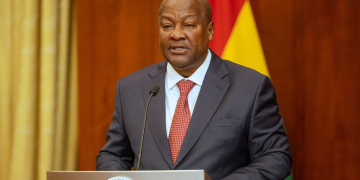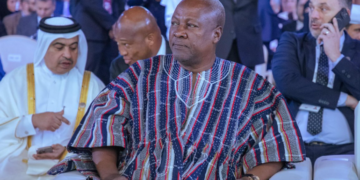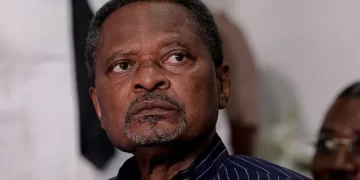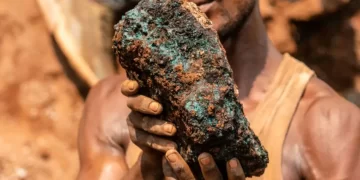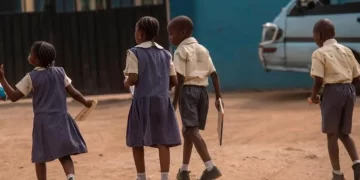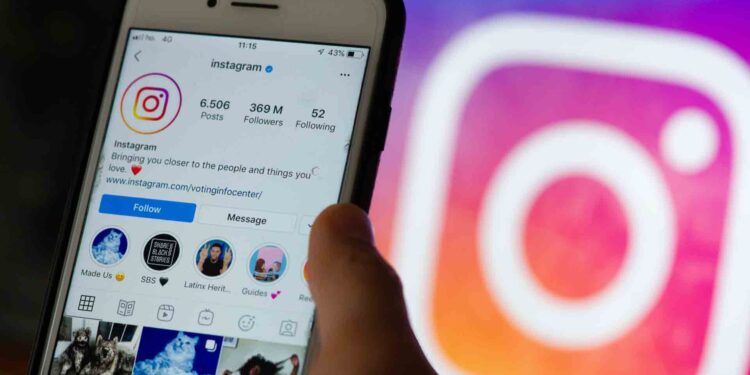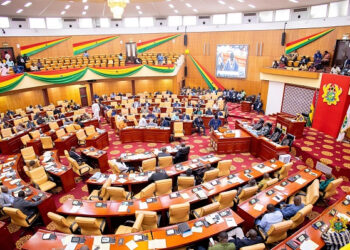The revelation by Instagram that it degrades older, less well-liked videos has been condemned as “alarming” by creators.
Following Adam Mosseri’s statement that the Meta-owned social networking platform reserves higher quality content for more popular content, some users voiced their concerns.
“We bias to higher quality… for creators who drive more views,” Mr. Mosseri shared on Threads on Sunday.
This is “disheartening” for individuals who have switched to creating material for Instagram instead of other platforms, one creator told the BBC.
According to Siete Savone, “I think it is incredibly harmful to the creative’s art.”
According to the creator, who is 25 years old, she loved using the site and recognized the need for updates and additional features.
“Actually affecting the quality of someone’s original artistic work” is where it should draw the line, according to her.
ICYMT: EC Suspends Ballot Printing Following Akua Donkor’s Death
“No one should have to worry about the quality of their content not being retained due to Instagram retaining an “engagement bias” in favour of creators with more visibility,” she added.
According to Mr. Mosseri, Instagram degraded the quality of videos that had not been viewed for a while, with the majority of views happening shortly after the video was published.
He stated that if a video gained popularity, the platform would enhance its quality once more.
The decision “seems to somewhat contradict Instagram’s earlier messages or efforts to encourage new creators,” social media consultant Matt Navarra told the BBC.
“How can creators gain traction if their content is penalised for not being popular,” he stated.
Additionally, he warned that it might lead to a situation where more seasoned creators benefit from higher audience engagement than those attempting to grow their fan base.
“The playing field amongst small creators and big creators alike should be even,” said Ms. Siete.
Comparing quality and cost
Instagram’s decision is based on the price of video streaming.
More processing power may be required to encode videos with higher resolutions or those that include a large number of visual assets, such as edits, photos, or other movies.
These usually take up more storage space on servers because they are larger than videos with lower resolutions.
In response to Mr. Mosseri’s message, another individual stated that while they recognised the potential advantages of lower storage costs, they did not believe they outweighed the drawbacks.
“From a creator’s perspective, spending time on creating high-quality content just for it to be downgraded to low resolution stinks,” they stated.
Instagram promised to “give all creators a more equal chance of breaking through” by making adjustments to its algorithm for suggesting content, especially videos, in May.
In response to user worries on the impact on smaller artists, Mr. Navarra stated that he agreed with Mr. Mosseri’s claim that people will always prefer a video’s content over its quality.
According to him, instead of worrying too much about Instagram lowering the quality of their work, producers should concentrate on how to produce interesting material that appeals to their audience.
Instagram does not choose to lower or raise the quality of individual videos; rather, it does it in an “aggregate” manner and on a “sliding scale,” Mr. Mosseri explained to users on Sunday, adding that he thought the quality difference “isn’t huge.”
“The goal is to show people the highest quality content that we can,” he stated in his first video statement.
Instagram has been contacted by the BBC for additional details.
Some users and artists have already reacted negatively to the social media platform’s attempts to make video a more important part of its app experience.
Following criticism from artists and celebrities like Kylie Jenner, it retracted its intentions in 2022 to move even further away from its conventional photo or so-called “grid” post structure in favour of a TikTok-style emphasis on short-form video content.
SOURCE:BBC NEWS



